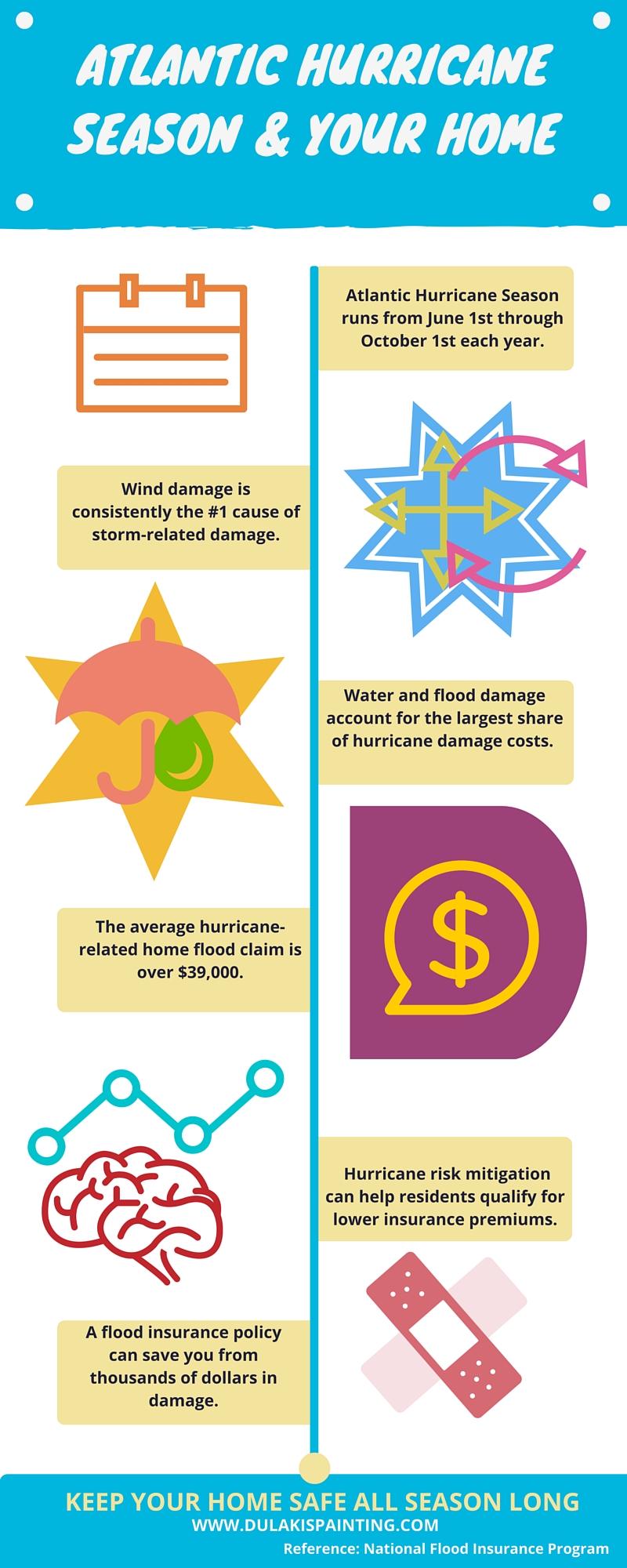Learn How Seasonal Factors Influence Industrial External Paint Success And Uncover The Best Times To Guarantee Enduring Outcomes For Your Task
Learn How Seasonal Factors Influence Industrial External Paint Success And Uncover The Best Times To Guarantee Enduring Outcomes For Your Task
Blog Article
Post Developed By- Look At This
When you're intending a commercial outside paint job, seasonal factors can make or break your outcomes. You'll wish to take into consideration how temperature and moisture effect paint application and drying times. Choosing the best season can ensure your paint adheres properly and lasts much longer. However which seasons are genuinely the very best for this sort of job? Allow's discover the key elements that can influence your job's success.
The Effect of Temperature Level on Paint Application
When you're planning a business outside paint job, the temperature can considerably impact how well the paint sticks and dries out.
Ideally, you wish to paint when temperatures vary in between 50 ° F and 85 ° F. If it's also cold, the paint may not treat appropriately, leading to issues like peeling or breaking.
On the other hand, if it's too warm, the paint can dry also rapidly, protecting against appropriate attachment and leading to an uneven coating.
You need to also consider the time of day; morning or late afternoon offers cooler temperature levels, which can be more positive.
Constantly check the manufacturer's suggestions for the particular paint you're using, as they usually provide advice on the excellent temperature range for optimum results.
Humidity and Its Result on Drying Times
Temperature isn't the only environmental factor that influences your industrial outside painting task; moisture plays a considerable duty also. High moisture degrees can slow down drying out times considerably, influencing the overall top quality of your paint task.
When the air is saturated with moisture, the paint takes longer to treat, which can bring about issues like inadequate bond and a higher threat of mildew growth. If you're painting on a specifically damp day, be gotten ready for extended wait times in between layers.
It's important to check neighborhood climate condition and plan accordingly. Ideally, go for twin cities interior house painters in between 40% and 70% for ideal drying out.
Maintaining these consider mind ensures your job stays on track and provides an enduring finish.
Best Seasons for Commercial Outside Painting Projects
What's the very best time of year for your commercial exterior paint projects?
Springtime and early loss are typically your best bets. During these seasons, temperature levels are light, and moisture degrees are often lower, producing ideal problems for paint application and drying out.
Avoid summer's intense heat, which can create paint to completely dry as well swiftly, bring about poor bond and surface. Likewise, winter's cool temperatures can impede correct drying out and treating, risking the durability of your paint job.
Go for days with temperatures in between 50 ° F and 85 ° F for ideal results. Remember to inspect the neighborhood weather report for rain, as wet problems can wreck your task.
Planning around these variables guarantees your painting task runs smoothly and lasts longer.
Conclusion
To conclude, planning your industrial external painting projects around seasonal factors to consider can make a significant difference in the outcome. By organizing job throughout the suitable temperatures and moisture levels, you'll make certain much better bond and drying out times. Bear in mind to watch on local weather report and choose the right time of year-- springtime and very early autumn are your best options. Taking these steps will certainly assist you attain a sturdy and professional coating that lasts.
